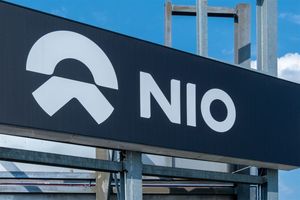London, UK - August 27, 2025 - As hair restoration continues to evolve into a mainstream wellness and aesthetic consideration, understanding the full scope of associated costs has become essential for discerning clients. Beyond the headline figures and the often-quoted per-graft pricing, there lies a complex interplay of clinical expertise, individual needs, and added services that together shape the ultimate price tag.
One of the most influential factors in pricing is the chosen technique. Procedures such as Follicular Unit Extraction (FUE) tend to cost more due to the time-intensive process and precision required for individual follicle placement, as well as the benefit of minimal visible scarring and quicker recovery. In contrast, methods rooted in strip-harvest approaches (commonly known as FUT) may be more affordable but typically involve longer healing periods and leave a linear scar.
Another driver of cost is the scope of treatment, which is determined by how many grafts are needed. A limited area of thinning might require only a few hundred grafts, whereas greater hair loss can entail thousands, increasing operating time, staff involvement, and materials, thus elevating the overall expense.
Pricing also reflects the clinic’s profile and location. Prestigious practices, especially those in central London or other major cities, with high-end technology, refined facilities, and strong brand reputation, naturally command premium rates. Conversely, regional clinics or those outside urban centers may offer competitive pricing while maintaining quality outcomes, thanks to lower overheads.
The experience and skill of the surgical team feature prominently in cost considerations. Providers with board-certified surgeons, extensive procedure volumes, and well-documented before-and-after portfolios typically charge more. Yet this comes with a payoff in accuracy, natural aesthetics, and minimized risks—investments in long-term satisfaction and safety.
Beyond the surgery itself, holistic packages can shape the budget significantly. Comprehensive offerings often include pre-op consultations, post-op follow-ups, medication, specialized shampoos or topical care, and even optional enhancements like platelet-rich plasma (PRP) therapy. While these add-ons raise initial costs, they also contribute to better-supported recovery and improved outcomes.
Finally, the availability of payment plans or financing options can influence decision-making and perceived affordability. Many reputable clinics now allow clients to manage payments over time, rather than absorb the full cost upfront, a helpful feature for those balancing budgets with long-term personal goals.
Ultimately, understanding the true cost of a hair transplant means recognizing that value is more than a number. It encompasses medical precision, personalized care, safety, comfort, and lasting results. Well-informed choices, not just focused on the price per graft, empower individuals to invest in restored hair, confidence, and long-term well-being.
Media Contact
Company Name: Press featured
Contact Person: Maxwell Pierce
Email: Send Email
Country: United Kingdom
Website: pressfeatured.com





